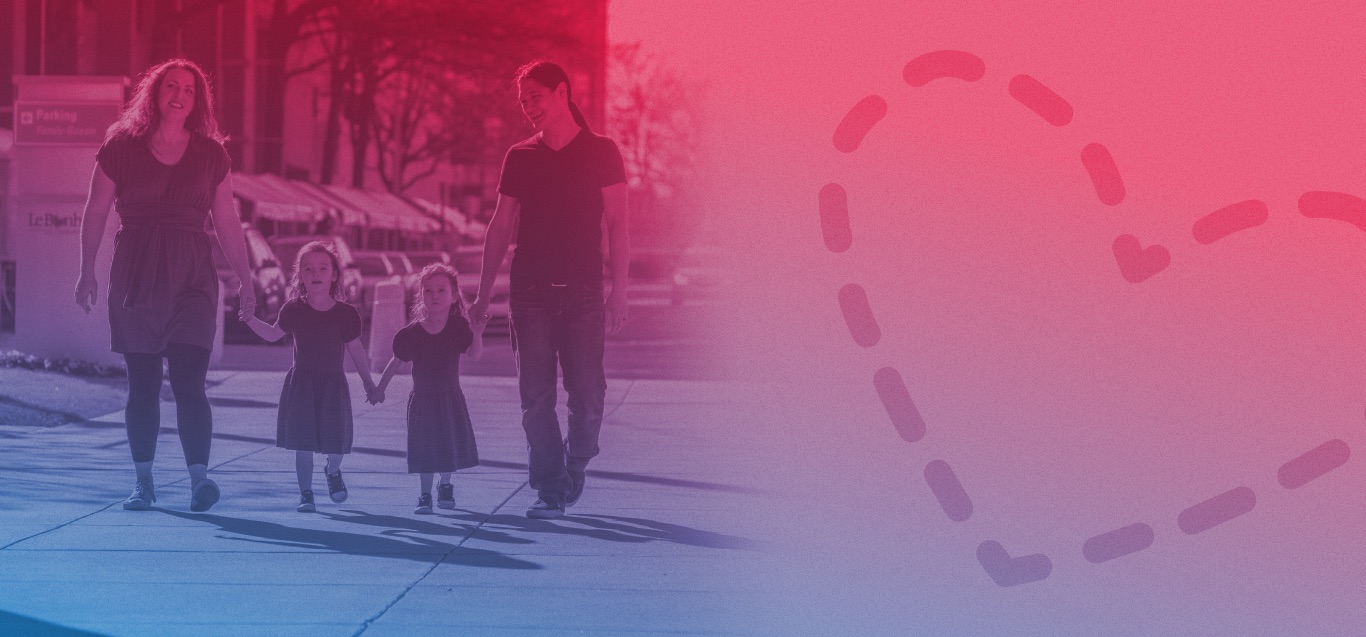
Seasonal Sniffles
Posted: December 08, 2011 We've posted about this topic before, but thought it was a good time for a reminder. At some time or another, we're all going to come down with the sniffles, our kids included. Between the runny noses, cough and fevers, it's tough for parents to know when their child has more than a common cold. But don't worry. The experts at Le Bonheur Children's Hospital have tips on identifying and preventing more serious ailments.
We've posted about this topic before, but thought it was a good time for a reminder. At some time or another, we're all going to come down with the sniffles, our kids included. Between the runny noses, cough and fevers, it's tough for parents to know when their child has more than a common cold. But don't worry. The experts at Le Bonheur Children's Hospital have tips on identifying and preventing more serious ailments.
Bronchiolitis
Bronchiolitis is an infection caused by a virus typically seen in children 2 years of age and younger. Its symptoms include wheezing, coughing and chest congestion, vomiting and a low-grade fever (less than 101 Fahrenheit). A child may take a longer time to eat with the infection.
The most routine care for bronchiolitis is to treat the symptoms. Parents are encouraged to frequently wash their own hands and their child's hands, keep their child's nose cleaned out, encourage their child drink more fluids and control fever. Your child may need medicine for wheezing.
Dr. Barry Gilmore, medical director of Emergency Services at Le Bonheur Children's, says parents should call or see a doctor if your child has difficulty breathing, is unable to eat or drink or has signs of dehydration. Dehydration signs include dry skin, dry mouth, a lack of tears, and lack of wet diapers or use of the potty.
Le Bonheur Children's recommends parents seek emergency care if the child's neck, chest or ribs sink deep when breathing, if the child has trouble breathing or stops breathing, turns blue around the mouth or fingernails, has less than three or four wet diapers per day, or has trouble feeding after suctioning the nose.
Bronchiolitis is caused by a number of different viruses, including respiratory syncytial virus (RSV).
Respiratory Syncytial Virus
RSV is a common winter virus that attacks the lining of the airways and lungs. Dr. John DeVincenzo, a leading investigator in the treatment of RSV, is based at the Children's Foundation Research Center at Le Bonheur Children's. He says the virus infects all age groups, but infants younger than 1 year of age are most severely infected. It is the most common cause of pneumonia in infants and the most common cause of hospitalization in infants. In fact, about 3 percent of all babies younger than 1 year of age are hospitalized for RSV infection.
Early signs of RSV infection are the same as a common cold - runny nose, sneezing and mild cough. However, RSV often turns into a deeper cough and causes difficulty breathing by the second or third day of runny nose.
"It is important to try to avoid RSV infections within the first few months of life and avoiding the infection during the entire first winter season of your child's life would be best," DeVincenzo said.
For premature babies and for babies with heart or lung problems, medication can help prevent RSV. For other babies, the only way to prevent RSV is to follow these precautions:
From mid-October through the end of March, DeVincenzo recommends that parents try to ensure infants 6 months or younger aren't touched by adults and children with colds. RSV doesn't float through the air, but can be sneezed onto your infant or physically brought to your baby by direct physical contact.
Flu
The flu's peak season runs from late fall through mid-winter and symptoms usually hit hard and fast. Those include fever, headache, muscle aches, dry cough, sore throat and weakness and fatigue.



